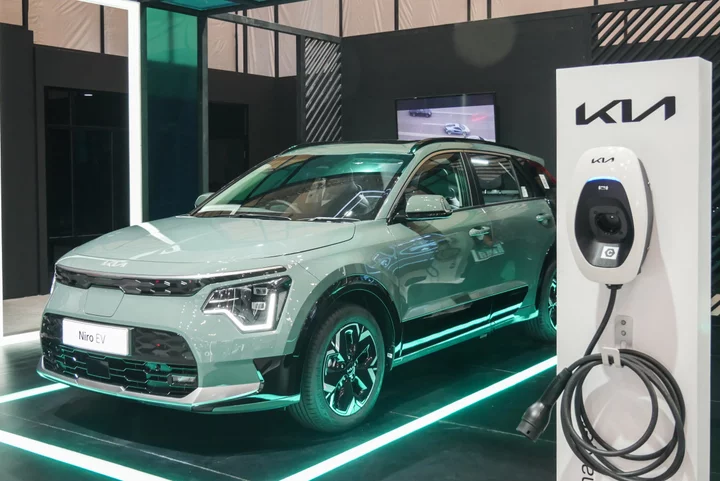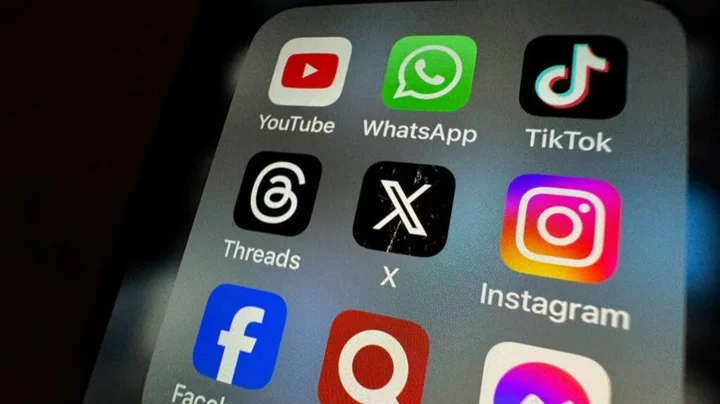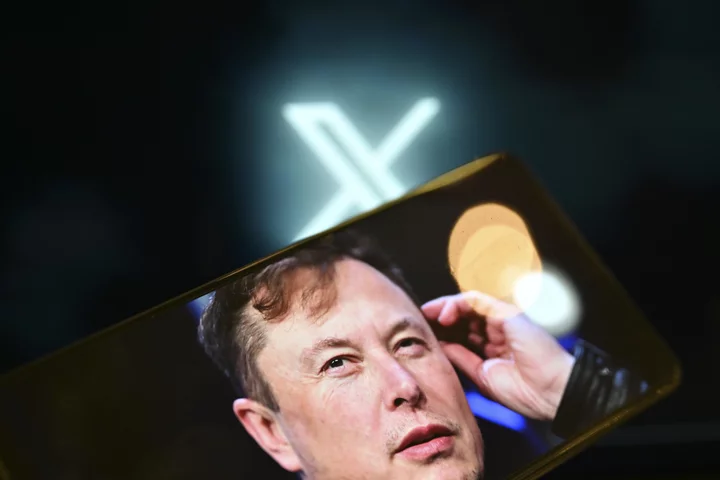New rules regarding the sourcing of battery materials went into effect in April, and, as planned, eligibility for EV tax rebates plunged. Just a tiny sample of the EVs on the market right now — mostly just the ones from U.S. automakers — qualify to save thousands of dollars. That’s the situation for buyers who are the end consumers anyway, but what about EV buyers who are lessors? ("Lessor" means, "entity that leases something out.")
For an EV lessor, virtually any EV qualifies for the credit, which in turn means the end consumer — the person who pays for a lease, and, y’know, drives the car — can save a lot of money. That's if the lessor, usually a car dealership, decides to pass at least part of that savings onto the consumer. While the savings from the tax break can’t necessarily be spelled out on their receipt, it can theoretically still be significant.
SEE ALSO: Tesla starts opening its Superchargers to other EVsAccording to CNET, automakers are marketing their lease terms with amounts of money that dovetail with the famous $7,500 tax benefit. Hyundai's $499 monthly lease for the Ioniq 5 calls the consumer’s attention to a "$7,500 Complete EV Lease Reward," and Kia is providing a $7,500 "bonus," though it only lasts until July 5. Assuming there’s no prior markup to compensate for the discount, these are nice bargains, that are, theoretically, thanks to the tax credit.
For what it’s worth, a guy named Dave Walters who spoke to CNBC on Saturday, recently leased a South Korea-made Hyundai, Ioniq, and said that according to his own math, "It was a few hundred dollars less a month" than if the dealer hadn’t gotten the tax credit.
Tax breaks for EV purchases in the U.S. come from the Inflation Reduction Act (IRA), which was squeezed out of the U.S. legislature. So you didn’t expect this savings to be easy to get, right? It breaks down like this: Half of the "clean vehicle credit" — $3,750 — hinges on the manufacture of at least 50 percent of the battery components in the U.S. or elsewhere in North America, while the other $3,750 can be claimed if a minimum of 40 percent of vital minerals come from the U.S. or "a country with which the United States has a free trade agreement."
But the IRA says leased cars are technically commercial vehicles, which is ostensibly why they get an exemption from all of this battery mineral sourcing rigamarole. It’s also worth noting that the rigamarole is going to get harsher. For 2023, the applicable percentage is 40 percent. In 2024, the relevant 40 percent of mineral sourcing goes up to 50 percent, then it climbs and climbs until it reaches 80 percent in 2027.
In theory, this will mean more U.S.-sourced car battery minerals in more EVs, and plenty of tax credits to go around. In practice, we’ll just have to see.









